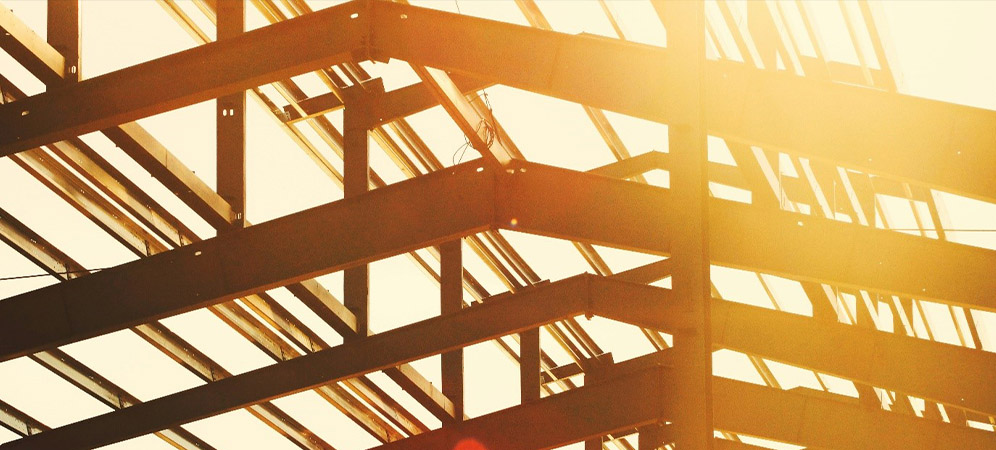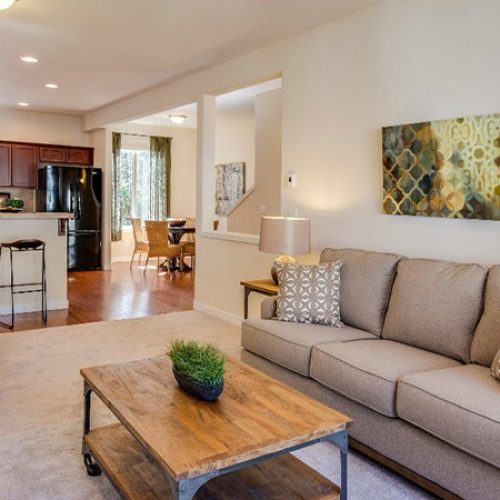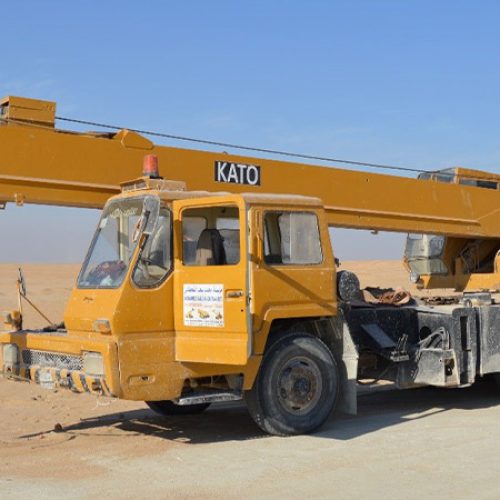Construction cost increases have reaccelerated, but the good news is they are now returning to their normal trend, according to CoreLogic.
The Cordell Construction Cost Index (CCCI), which tracks the cost to build a typical new dwelling, recorded a growth rate of 0.8 per cent over the three months to December 2023.
Construction costs had been increasing as much as 4.7 per cent in the third quarter of 2022, before falling to 0.5 per cent in the third quarter of 2023.
CoreLogic Economist Kaytlin Ezzy said although construction costs had increased, they are now well below the pre-COVID average of 1 per cent.
“This suggests that reacceleration is more a return to trend rather than a new surge in construction costs,” Ms Ezzy said. “While up over the quarter, the annual change in residential construction costs continued to ease as larger quarterly increases fell out of the annual calculation.”
According to Ms Ezzy, the increase was the smallest annual rise since March 2007 (2.7 per cent) and below the pre-COVID decade average (4 per cent). “This suggests that growth in construction costs have normalised after recording a recent peak of 11.9 per cent over the 12 months to December 2022, albeit at a higher level,” she said.
“Although 26.6 per cent higher than at the onset of the pandemic, the recent surge in CCCI is below the increases seen across national house values, with CoreLogic’s Home Value Index rising 36.5 per cent over the same period.”
Melbourne experienced the fastest increase in construction costs at 1.1 per cent, up from 0.3 per cent in the prior period. The annual rate is now sitting at 2.9 per cent.
Across NSW, costs rose 1 per cent for the quarter, which is virtually in line with longer-term averages, while the annual rate eased to 3.1 per cent.
Queensland saw the slowest growth in construction costs in the country at 0.1 per cent, down from 0.8 per cent in the third quarter.
For WA, construction costs were up 0.7 per cent for the quarter, and 2.3 per cent annually, which was the lowest annual rate in the country.
Meanwhile, SA’s CCCI increased by 0.5 per cent, slightly down from 0.6 per cent in the third quarter.
Ms Ezzy said the outlook for construction costs over the coming year was mixed. “While it’s unlikely we’ll see any declines in construction costs, the pace of growth could be influenced by several factors,” she said.
“Although national dwelling approvals have risen from a recent low of 12,185 in January, the latest data from the ABS showed that dwelling approvals remained -15.8 per cent below the decade average in November at around 14,500.
“Although a number of projects are still moving through the construction pipeline, the recent lull in approvals could result in a shortfall in new projects, which would help keep growth in building costs low, due to greater capacity in the construction sector.”
Ms Ezzy said with inflation currently falling, any interest rate cuts from the Reserve Bank of Australia (RBA) could potentially boost demand for dwellings. “Regardless, the normalisation in CCCI growth will help provide some certainly for builders, insurance companies and homeowners alike,” she said.






